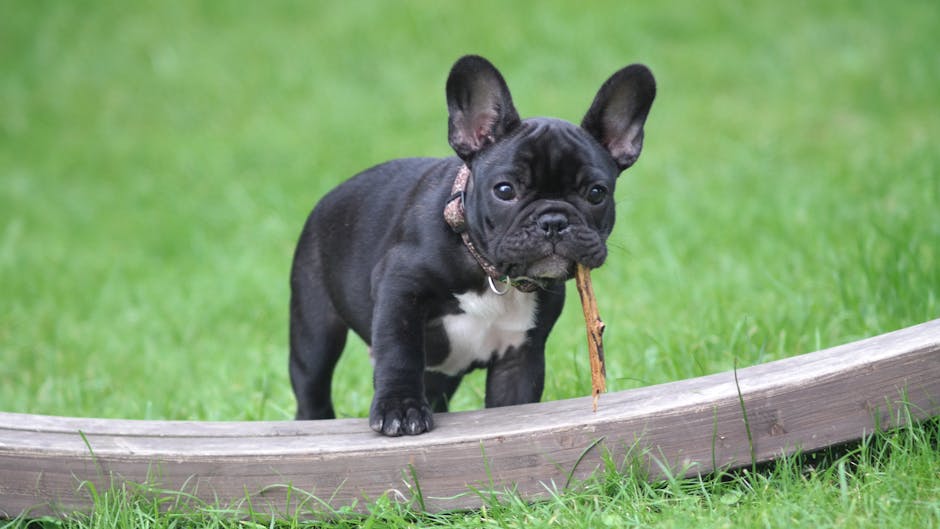
Oh man, bringing a new puppy home should be a joyful time, right? But sometimes, it kicks off with some real challenges, especially when it comes to dog aggression towards an existing pet. You’ve had your cat for a year, and now a week-old puppy is creating quite the stir, chasing and even biting your feline friend. And those tense ‘standoffs’? Yikes. It’s natural to feel stuck, wondering if this is just a waiting game or if there’s actually something you can do to bridge the gap between them.
Immediate Steps for Harmony
Separate Living Spaces
You need to keep the new dog and established cat apart right away. This gives them a chance to simply get used to the other’s presence without any direct interaction. It’s a foundational step, preventing those bad habits from forming early on. Makes sense, right?
Controlled Introductions
When you do try to bring them together, these meetings absolutely must be limited and super controlled. Taking it slow is the real secret ingredient here. You’re essentially choreographing their first encounters, making sure they’re positive and brief. A bit like setting up a blind date, but with fur.
Patience is Key
This isn’t an overnight fix; it’s definitely a process that requires patience. Give them ample time to adjust to each other’s existence. Rushing things often just makes them worse, sadly. Nobody likes to be rushed.
Training Your Puppy
Curbing Puppy Biting
Teaching your new pup not to chase or bite your cat is super important. That puppy biting can really escalate if not addressed. It’s about setting clear rules for what’s acceptable. Every pup needs to learn the house rules.
Establishing Boundaries
A big part of dog behavior management is teaching your puppy clear boundaries. They need to understand what’s off-limits with the cat. Most cats and dogs can find a way to coexist once the puppy learns these social graces and calms down a bit. It’s kinda like kids learning to share, you know?
Consistent Reinforcement

This isn’t a one-and-done lesson; consistent training and reinforcement are key. You’re shaping future interactions. Ignoring bad behaviors just makes them stick around longer. And nobody wants that.
Proactive Planning
Research Beforehand
Honestly? Some folks rightly point out that this kind of crucial research should ideally happen before you even bring a new animal into the household. It’s a pretty blunt truth, but a valid one. Understanding pet introductions is a big deal, and there are countless resources available. A simple Google search can unveil a wealth of strategies.
Avoid Haphazard Introductions
Just throwing new pets together into a room is absolutely, unequivocally not the answer. This approach often backfires, creating more problems than it solves. It’s tempting to hope for the best, but a more proactive, informed strategy is always superior. Makes you think, right?
Utilize Available Resources
There’s a whole world of information out there on how to successfully introduce pets. From online guides to professional advice, resources are plentiful. Tapping into these can really make a difference, giving you a roadmap for a smoother transition. Why reinvent the wheel?
Understanding Dog Behavior
Puppy Details Matter
It’s interesting how some comments hint at the importance of understanding your puppy’s background. Things like its breed, age, size, and where it came from can offer valuable clues. These specifics might shed light on its inherent dog behavior and potential tendencies. Every dog is an individual, after all.
Addressing Dog Aggression
That chasing and biting you’re seeing could be a sign of dog aggression, or at least a very strong prey drive. Understanding its root is the first step. Tailoring your aggressive dog training approach often depends on these underlying factors. You wouldn’t treat every cough the same way, right?
Tailoring Training Plans
Knowing your puppy’s details helps immensely in crafting a personalized introduction process and dog behavior modification plan. It’s not a one-size-fits-all situation. This insight can truly guide how best to approach its training, especially when dealing with such strong reactions. That’s practical advice.